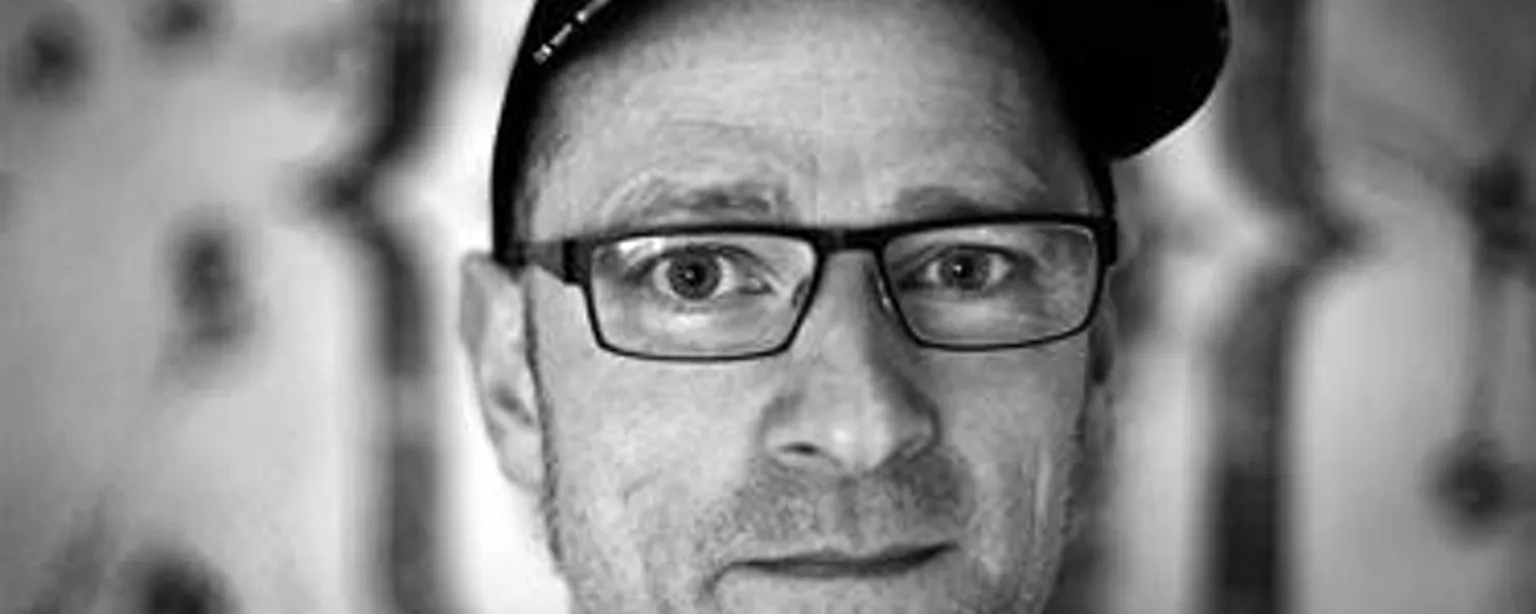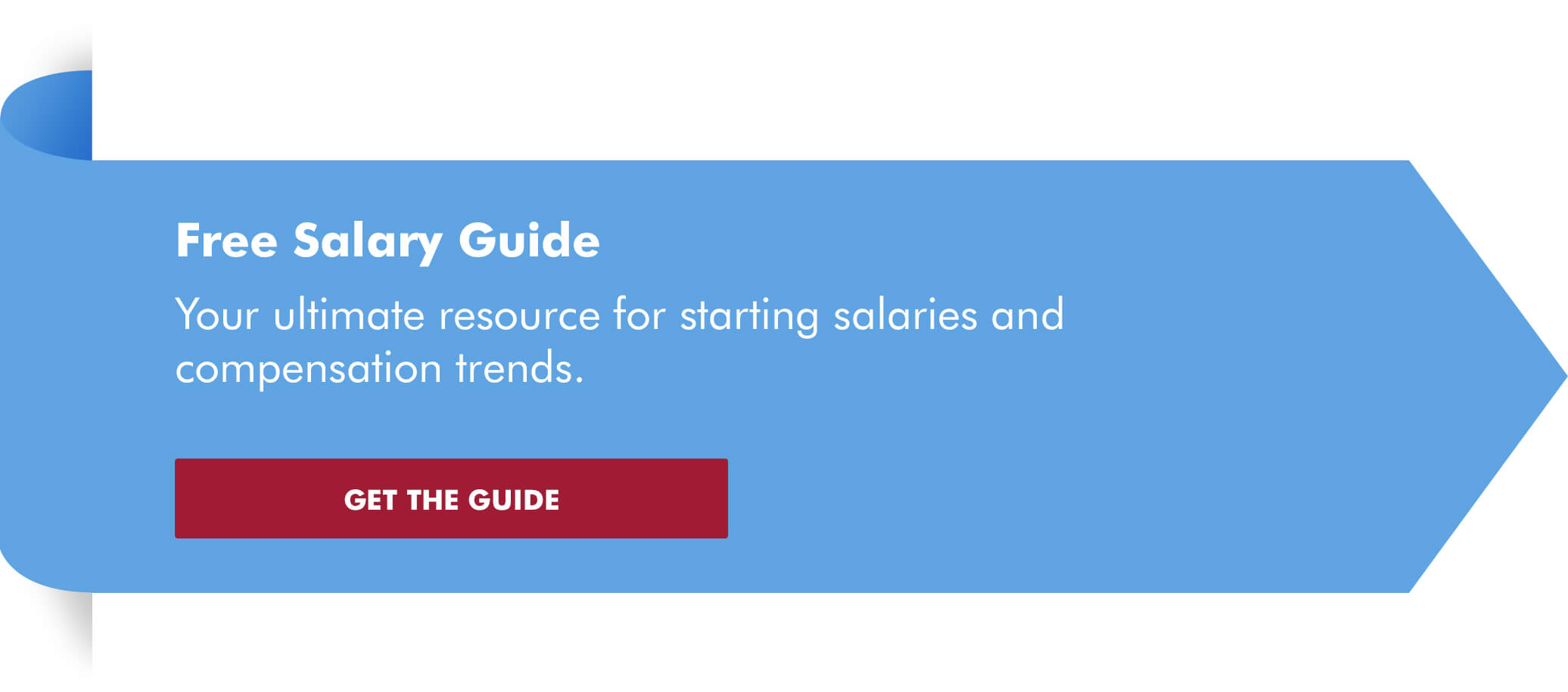The daily grind can cause creative muscles to atrophy. Build them back up with Jim Krause's D30: Exercises for Designers.
Looking to boost your creativity, give your brain a good workout and strengthen your design abilities? Simply want to have some restriction-free artistic fun? If you answered yes! to either question, Jim Krause's book, D30: Exercises for Designers – and a HOW Design University workshop based on the book – is just what the doctor ordered.
You'd be hard pressed to find a more inspiring personal trainer. Krause is a largely self-taught creative polymath with three decades of design experience (and now 14 books) under his belt. He's an accomplished freelance graphic designer, illustrator, photographer, videographer and writer, who continually explores new disciplines. His mission? "Finding ways of keeping sane amidst the chaos of commercial creativity."
The hands-on activities featured in the book and online course are ones the author has used for many years to learn new skills, sharpen existing ones and keep his creative instincts in tact. As Krause writes in the book's introduction: "The purpose of each project in D30 is the same: to awaken, energize and exercise creative parts of our beings in ways that can be directly applied to both personal and professional creative projects."
I got a sneak peek at the exercises and chatted with Krause about D30, the creative process and, um, evil unicorns:
What do you want people to take away from D30 and the four-week HOW Design University course based on the book?
I'll begin my answer with a pseudo-math equation: Enjoyment + Learning = Longevity. And longevity is good. More than anything, I'd like readers of D30 – and participants in the HOW U course [which starts Sept. 9] – to take away all kinds of enjoyable and educational practices and habits that will keep them in their creative-field-of-choice for the long run. I'm emphasizing longevity because it takes time to get good at any creative interest, whether you're talking about painting, drawing, designing, writing, taking pictures or making videos.
How long has the idea for this book been percolating?
The idea for D30 probably started forming around 1999. I'd been a designer for 15 years and had gotten really burned out on the tight deadlines, calls from clients on weekends and the overall stress of things. So I quit my freelance design business in Seattle and went to work at a coffee shop outside of Denver for two years. During that time, I started doing art projects on my own and also started learning new software and began writing, taking pictures and making videos – all for fun and all for myself.
After two years of discovering that making lattes is just as hard as making logos, I decided to get back into the design business with a new way of doing things. I'd make sure to keep having fun with art at the same time I was making money at it.
D30 is based on my now well-ingrained practice of making time for art projects during non-working hours as a way of satisfying my inborn urge to make stuff. It's an inborn urge that seems common among designers and other creative professionals.
Despite those innate instincts, do you feel designers sometimes get so consumed by the constant crush of client deadlines and demands that they forget to carve out time for carefree creativity?
Pressure, repetitiveness and overwork can dull our creativity and even send our artistic instincts into a kind of protective coma. That said, I do appreciate a reasonable quantity of stress in my job. A certain measure of pressure from clients, budgets and timelines helps keep me focused, on task and looking for attractive solutions with as little time wasting as possible.
The only problem is that for many creative professionals this steady pressure gets out of control and becomes more like a fire hose blasting at their backsides six or seven days a week. This can shut down our creative instincts. It's crucial to find ways of controlling and countering the natural stresses of the professional world.
My way of making sure my creative instincts don't get crushed by real-world stresses has two main components. The first is finding ways to completely get away from creativity from time to time through exercise, reading or just relaxing. I also devote time to enjoyable art projects of my own that improve my skills while teaching me things I want to learn. I believe a balanced combo of these two practices can keep our art senses awake, alert and ready to be challenged.
You do all of these projects yourself. Which are your favorites? In what ways have those exercises helped you?
Good questions. Let me say up front that the 30 activities featured in D30 are all personal favorites among the many different creative projects I do on my own time. I love each of these activities; several of them are connected with projects that have had a major influence on what I do for a living as a designer, illustrator, author and photographer. In fact, pretty much everything I know about writing, photography, drawing, painting and videography was learned on my own time by doing projects like the ones featured in D30.
If pressed, I'd say the "Going For The Goldsworthy" project is my favorite. This exercise is based on the creative work of Andy Goldsworthy, the subject of the documentary Rivers and Tides. Goldsworthy is known for going outdoors and making incredible improvised assemblages using sticks, rocks, leaves, icicles or whatever else he finds. I really, really love this activity.
For one thing, it has nothing to do with anything I do for a living. Ninety-five percent of what I do career-wise involves digital media and 99.9 percent of that is aimed toward two-dimensional print and web media. This gives the project a creative cross-training aspect that forces me to use familiar art skills – things like aesthetic judgment, compositional and color decisions, and resourcefulness – in totally new ways. It also exercises my photography skills since I like looking for interesting ways of photographing my improvised creations. This project is especially good for doing with a friend outdoors under fluffy white clouds and sunshine. Just don't forget the snacks.
How'd you get so good at so many things? Where do you find the time?
In a word: I killed my TV. Okay, that's four words and, in truth, my TV died of natural causes. But you get the idea. Without television in my life over the last 25 years, I've learned to make videos, take pictures, write books, race bicycles and motorcycles, read tons of books and become an insufferable movie snob.
I know TV and web surfing aren't all bad, but it comes down to balance. For some of us, that balance means as little "plugged in" time as possible. Others achieve perfectly good balance while still including TV and web surfing in their daily routine. The point is to do whatever it takes to figure out what truly works best for you.
From Elmer's Glue to elbow macaroni, the supplies needed to complete these projects are inexpensive and easily found. Was that intentional?
Yes, absolutely intentional. As much as possible, I wanted to remove the "I don't have the supplies I need" excuse from the equation. Also, when it comes to art and creativity, I really like demonstrating both to others and to myself just how much can be done with very little. Besides, it's just as easy to practice all the essential components of art and design using pens, pencils, pasta, glue and watercolors as it is through expensive and exotic art tools.
Why did you opt to keep the book black and white?
D30 has clear instructions on how to do each project, complete with step-by-step prompts and photographs. But it never tries to influence readers in terms of what their own creations ought to look like. Far from it. By keeping the book's images black and white I was able to avoid suggesting colors to the reader through my printed examples. In fact, throughout the book, readers are encouraged to depart from my instructions whenever the whim strikes. The word conformity appears exactly zero times in D30.
One of the exercises in the book involves writing haiku. Can we close the interview with you giving us a haiku about how to boost creativity or overcome creative blocks?
Happy to. I learned to fight creative blocks several years ago by refusing to believe they exist. Hence this:
Evil unicorns,
Wicked gnomes, creative blocks ...
Who? What? Me worry?







